1 - Brown Hare
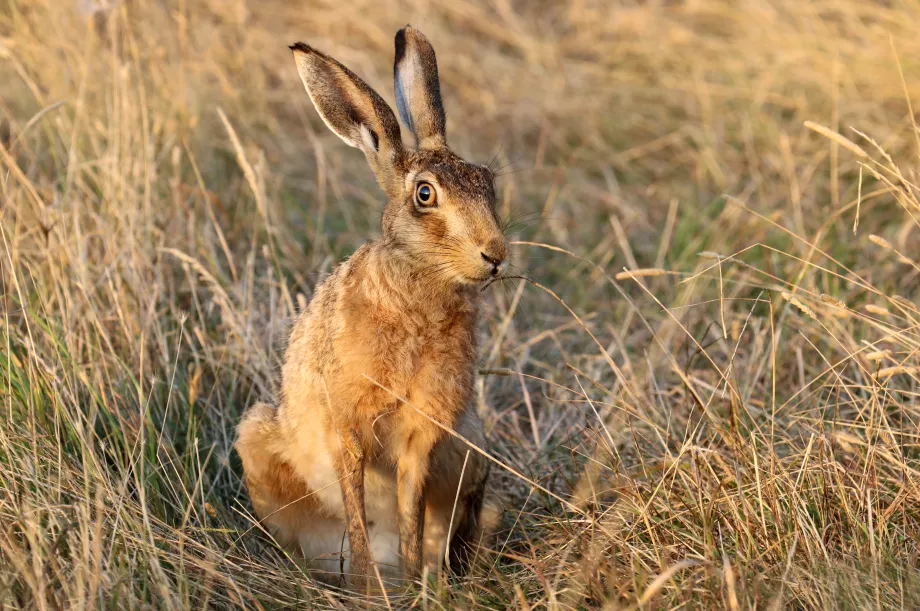
©Jim Higham
Like a rabbit, only much, much larger. These long-eared residents remain a common character amongst British folklore and are still revered by many. Unfortunately, thanks to their brown coats and impressive top speed of 45mph, the first and last view you may get should you stumble across one, may well be it disappearing through the trees.
Nonetheless, this will still prove to be a memorable encounter. Stand back and marvel as their powerful hind legs propel them away into the woods, and perhaps you may find yourself enchanted by this often considered magical creature.
2 - European bison
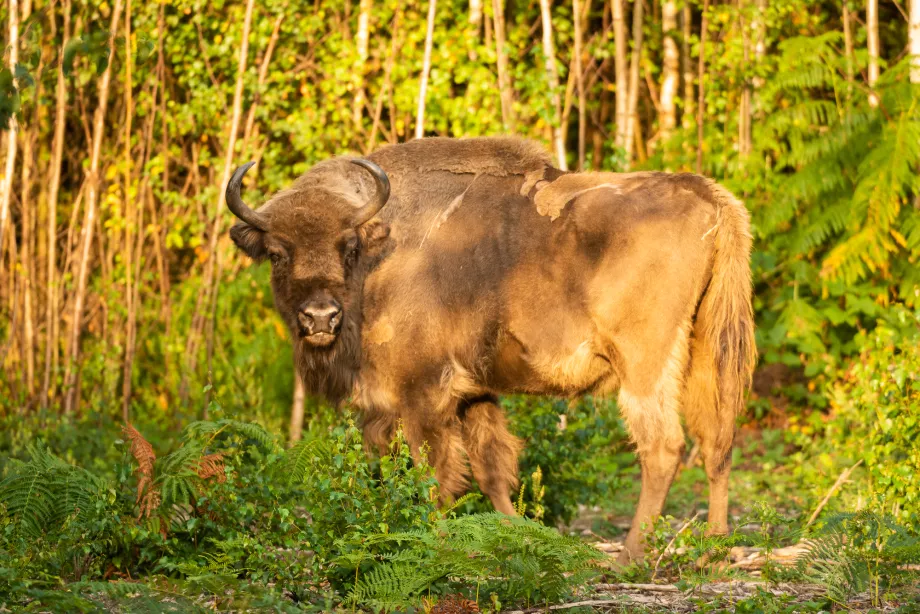
‘What’s that?’ I hear you cry? ‘Surely these exotic beasts don’t roam our shores?”. Well, perhaps some of you are crying this, however it is hardly Kent’s best kept secret any longer. Yes, Bison are once again wandering our woods.
Specifically, they are living in West Blean and Thornden Woods near Canterbury, where they were introduced two years ago in a joint venture by the Kent Wildlife Trust and the Wildwood Trust through the Wilder Blean Project. As the UK's only free roaming Bison herd, this award winning conservation effort has already had a huge impact, bringing new life and rejuvenation to the woods.
3 - Iron Age pigs
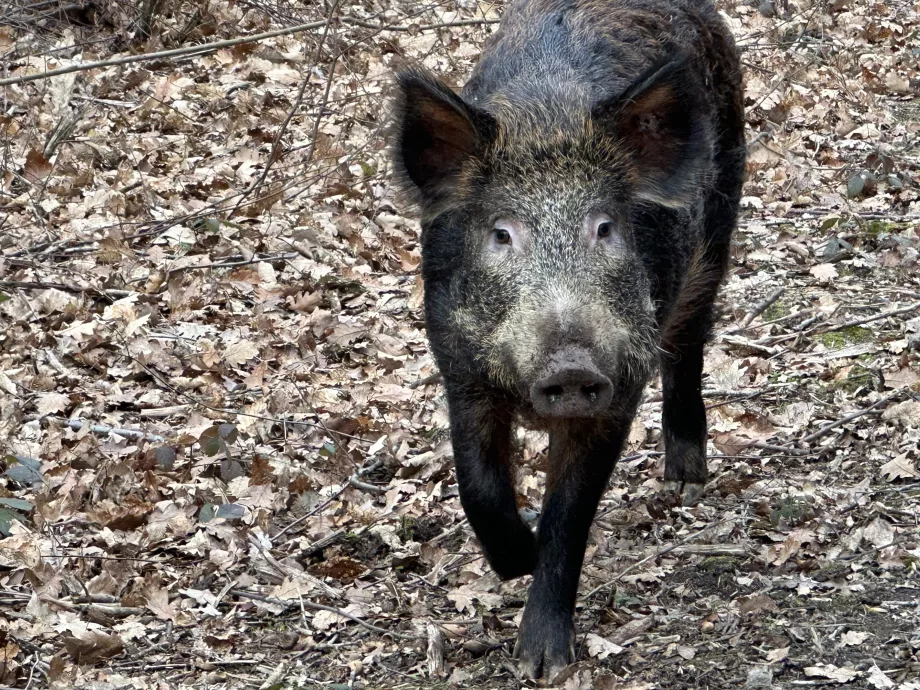
Also a vital part of the Wilder Blean project, these pigs are as close as you can get to the wild boar and also, despite being a domesticated version of this wild species, share many of its traits.
Shy and elusive, you are more likely to see signs of Iron-Age pigs' work than the animals themselves. Naturally a woodland species, they use their powerful noses to turn over compacted and damaged soil. This allows in oxygen and light, encouraging new growth and breaking up thick mats of dead leaves and stems.
4 - Buzzard

Christopher Dean
These medium-sized, feathery birds of prey may appear impressive enough when soaring high above farmland, but should one suddenly swoop down from a branch overhead, they will in an instant seem the size of an ostrich.
Witnessing a buzzard quietly gliding low amongst the trees can be a real treat, and a close encounter will give you a good idea of their strength and skill. Until more recent years, Buzzards were in decline due to pesticides and persecution, causing their populations to plummet. Fortunately, I am pleased to report that they are now making a remarkable recovery, with several hundred pairs estimated to be flying through the skies of Kent alone.
5 - Little owl
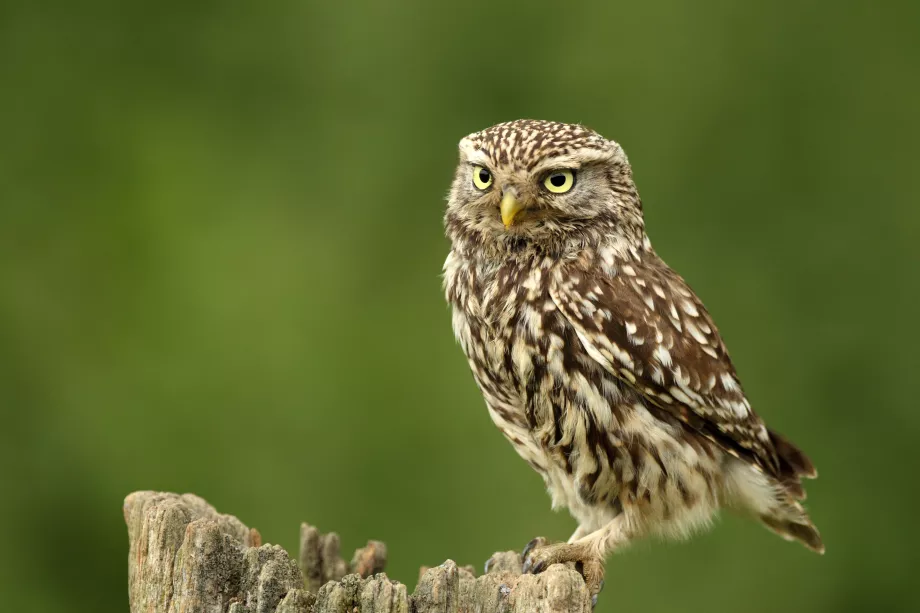
Luke Massey
Aptly labelled for being the smallest species of owl in the UK, standing at a little over 20cm tall this woodland predator with its plump body can’t help but make you go "awww". Said to be the 'Owl of Athena', the Greek Goddess, the good news is that you won’t have to visit the woods in the dead of night to stand a chance of bumping into one. Thanks to their preference for hunting at dawn and dusk, these owls are often visible during our waking hours.
6 - Noctule
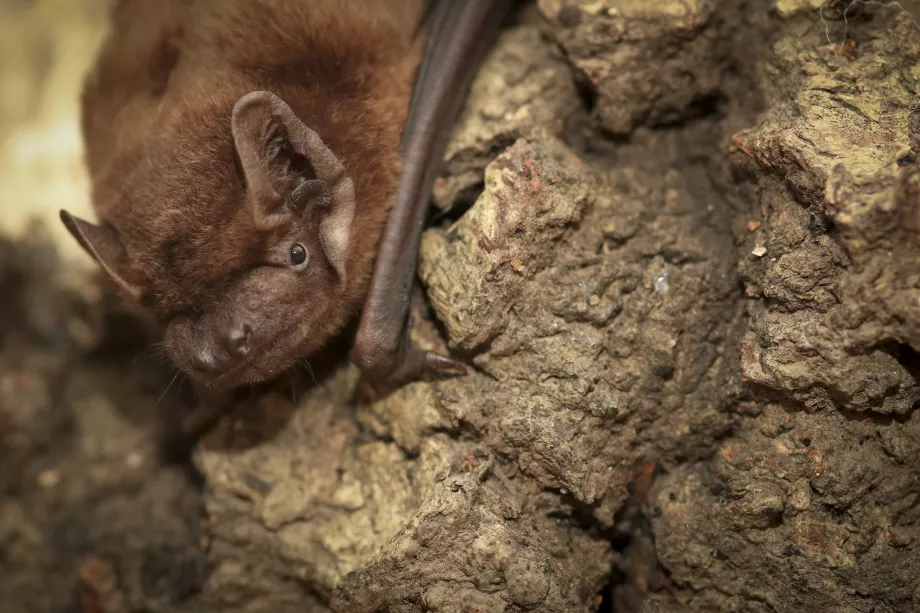
©Tom Marshall
Once you have spotted your adorable new friend, the Little Owl, you may choose to wait around a while to spot our next woodland resident. The Noctule is currently the UK’s largest species of bat, with a wingspan of up to 40 cm.
This impressive night dweller is sometimes known to travel up to six miles from its roost in pursuit of food, and feeds on bugs which are mainly caught on the wing above the woodland canopy. Like most of our nation's bats, the Noctule is currently in decline, although remains present throughout the UK.
7 - Heath fritillary
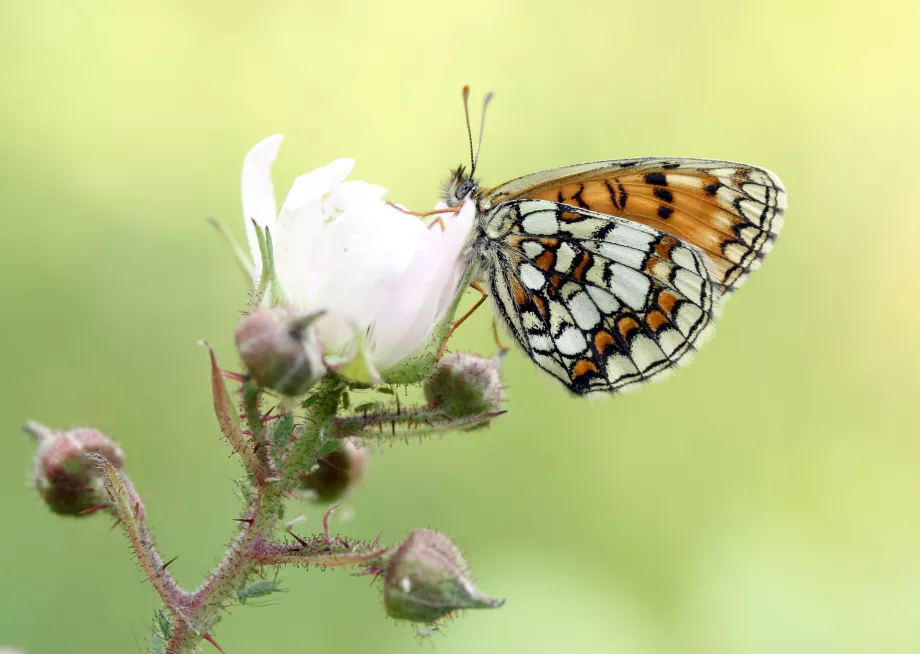
©Jim Higham
This unique and beautiful species of butterfly found itself on the brink of extinction at the end of the 1970s, but thanks to conservation efforts and habitat management, the remaining population has been stabilised.
Nonetheless, the Heath Fritillary remains one of the UK's rarest species of Butterfly, and Kent is only one of a small handful of places where they can still be seen. Historically associated with the practice of coppicing, you are more likely to spot these insects fluttering about through recently felled areas of the woods.
8 - Rhinoceros beetle

Rhinoceros Beetle ©Philip Precey
Common throughout the UK, our next resident may require you to examine the woodland habitat a little closer to actually spot (tip - try looking for them resting on fallen trunks!).
As the name suggests, the male Rhinoceros Beetles bear a distinctive horn on their head. Never fear however, unlike the significantly larger animals they derive their names from, these insects won’t be charging you any time soon. Even if they did, you would come to no harm, as they only grow up to 1.5-1.8 cm in length – a very sweet little addition to your woodland repertoire.
9 - Flowery crab spider

© Jon Hawkins
Finishing up our list, we have a species that is unlikely to delight the arachnophobes amongst you. However, even if you are not a fan of their eight legs, there is no denying the excellent work performed by our nation's spiders.
The Flower Crab Spider gets its name from the way it arranges its front legs and its ability to move sideways. Unlike other spiders, it weaves no webs, and instead lies in wait to ambush much larger prey than themselves, using their fangs to inject venom. Do rest assured however that they pose no threat to you or me, as they grow no larger than 11mm (usually much smaller than this) and are not strong enough to pierce our skin. The females in particular are especially interesting, as they are able to change the colour of their bodies to adapt to their surroundings – unfortunately, this does of course make them harder to spot!
Here in Kent, we are blessed with an abundance of species residing within our woodlands, many of which would go unnoticed unless we were to stop and look for them. From the weird to the wonderful, what will you see, when you go down to the woods today?

Save our Woodlands
Development, disease, pollution, and climate change are pushing UK woodlands to crisis point, and threatening the plants and animals that depend on them.
Will you help us save them, before it’s too late?

